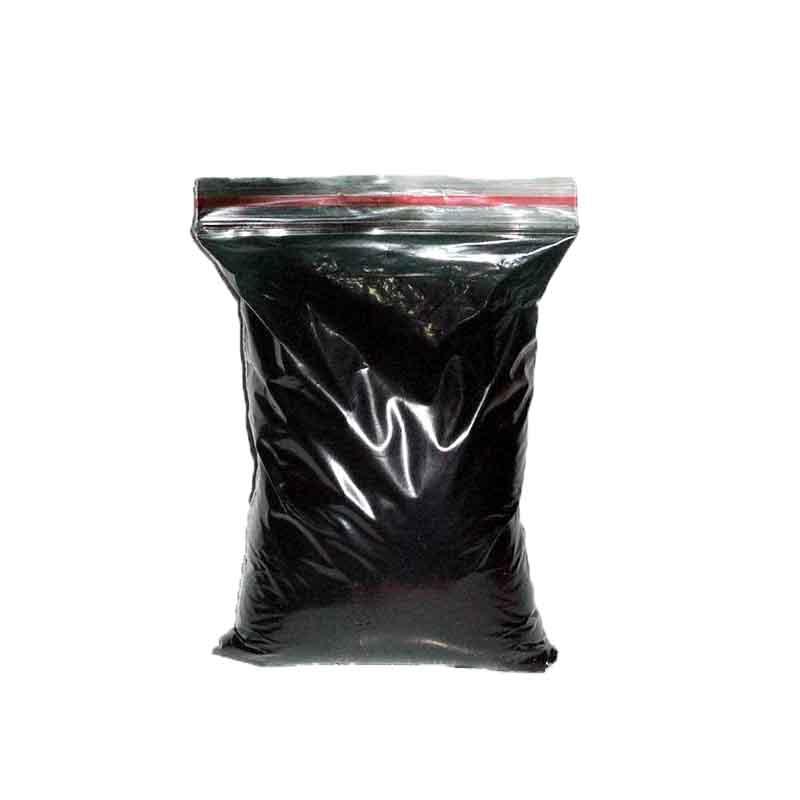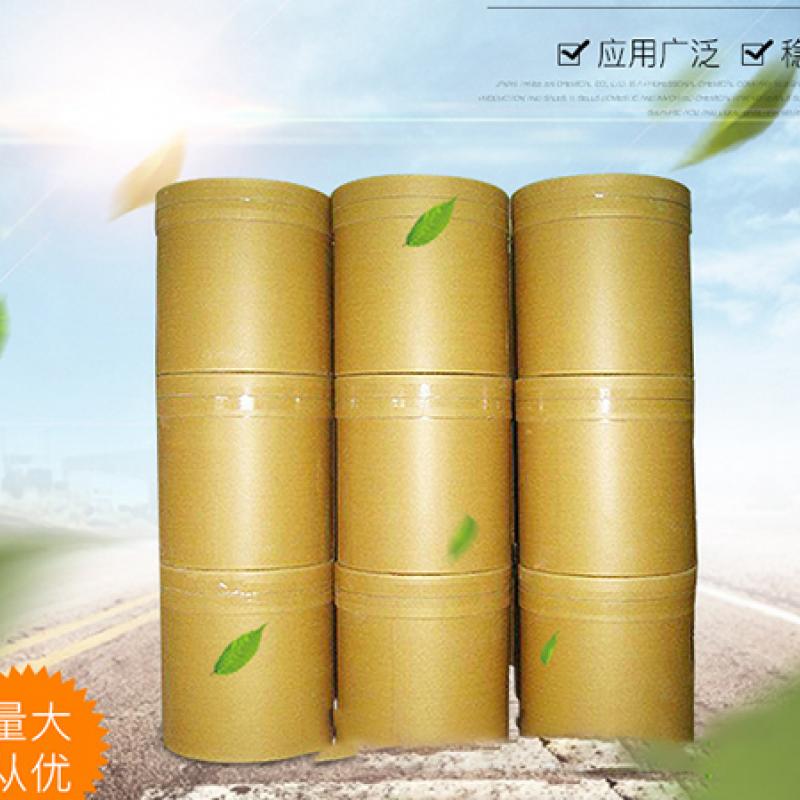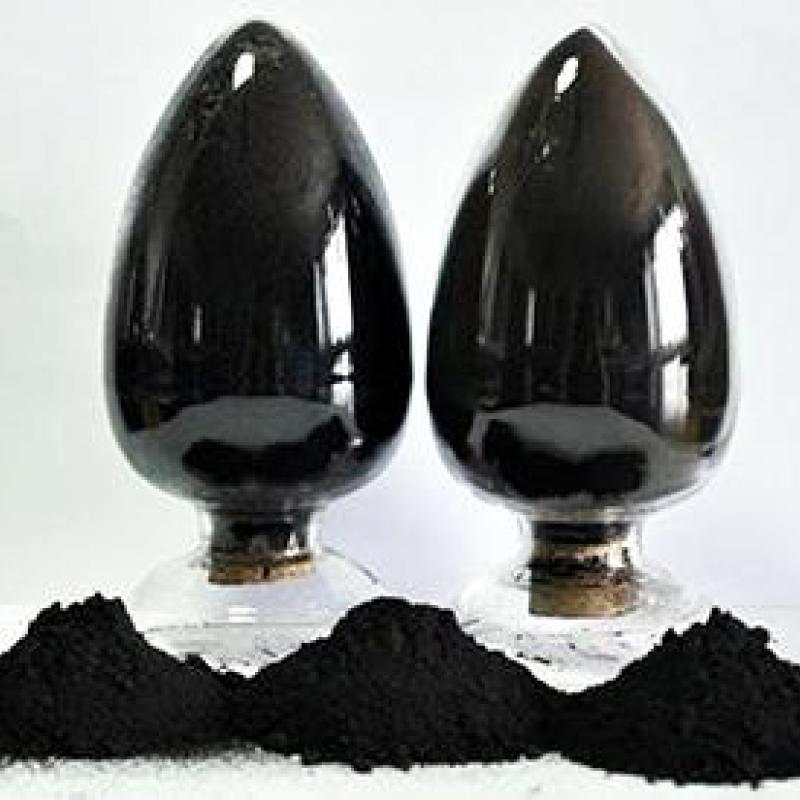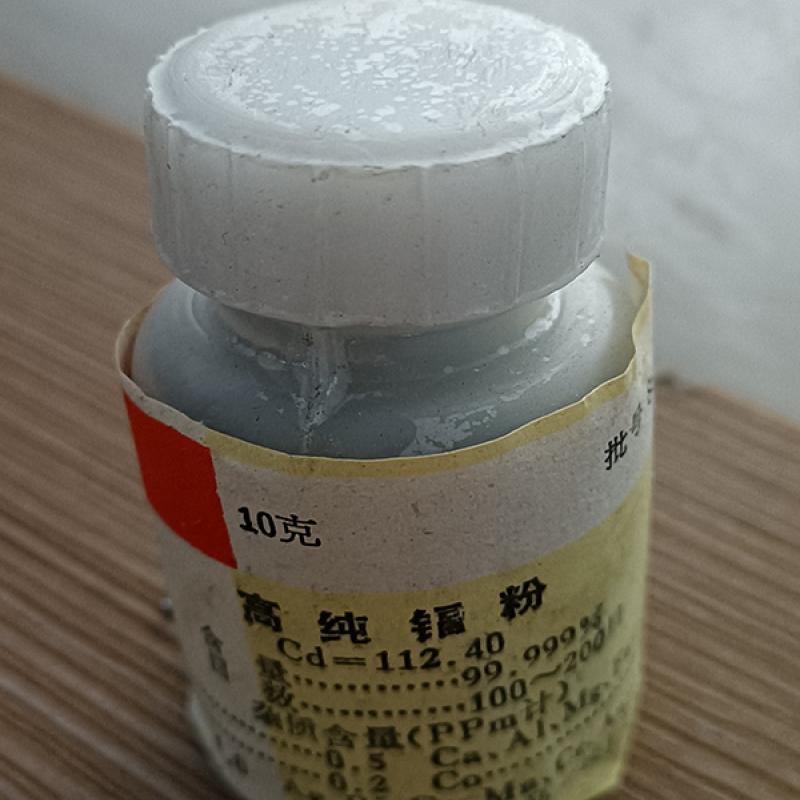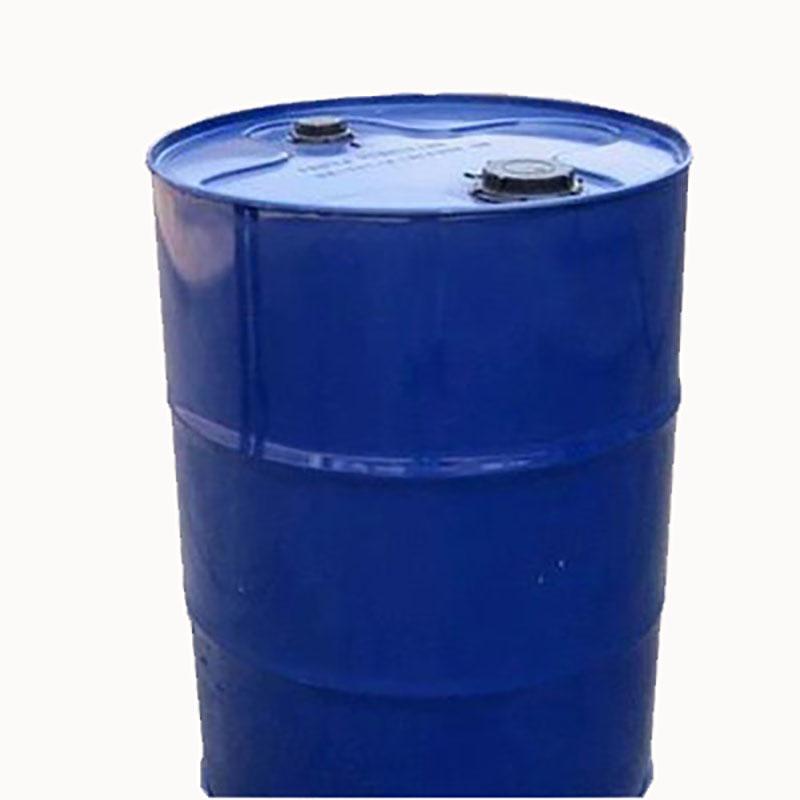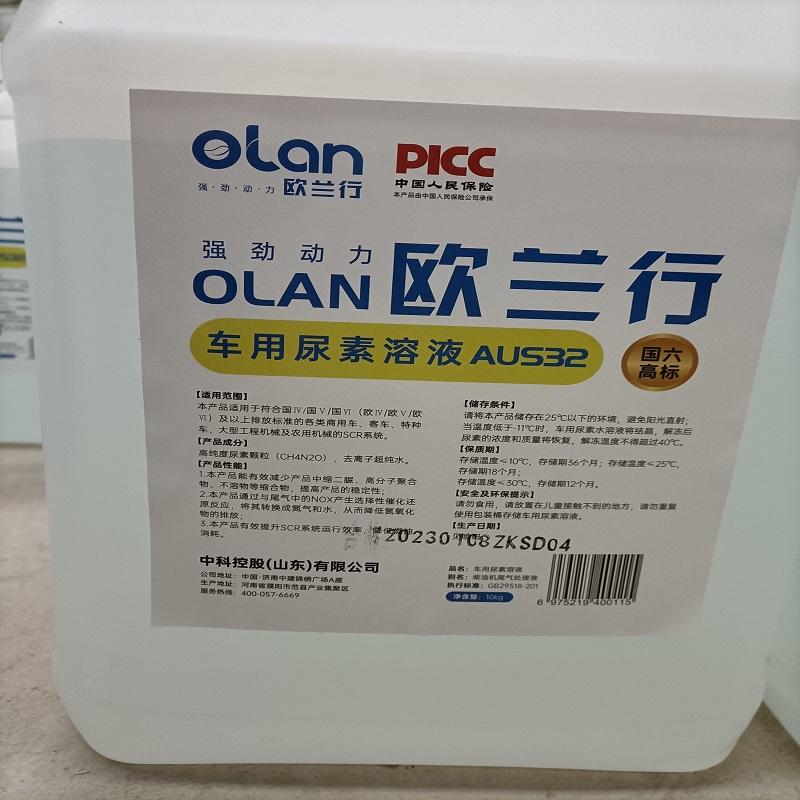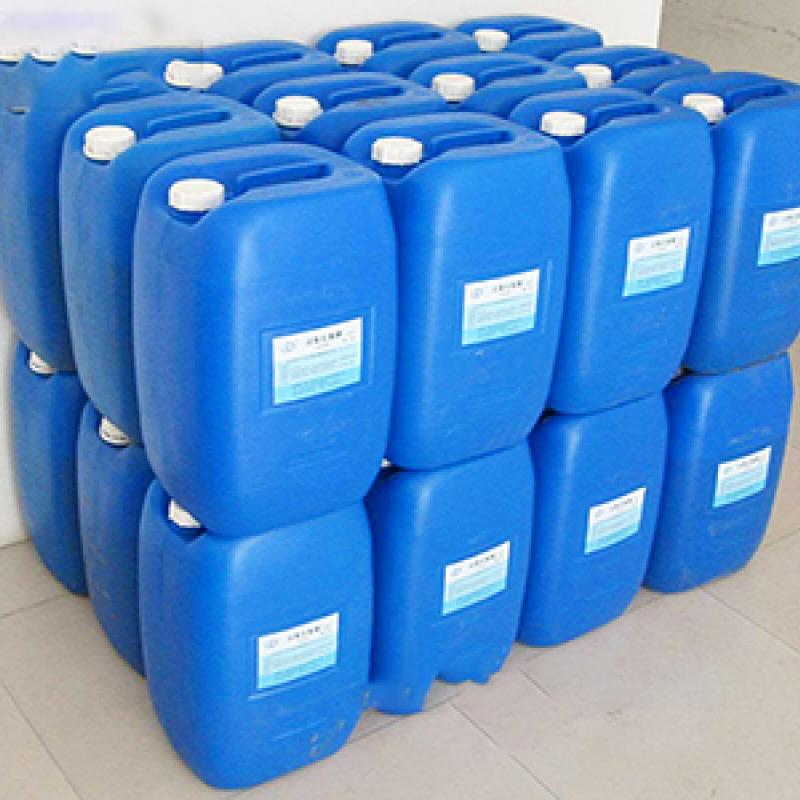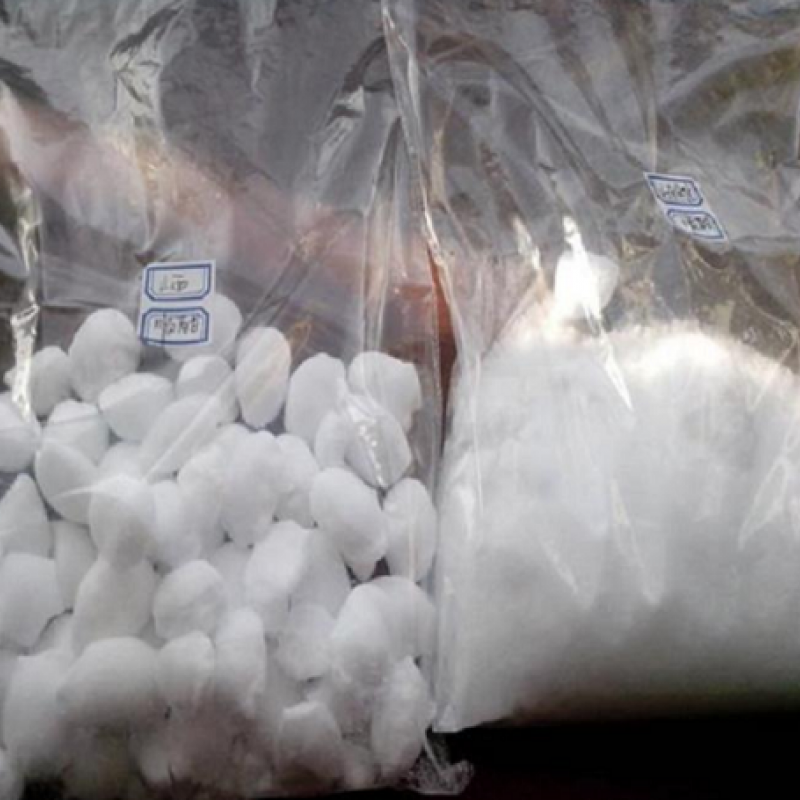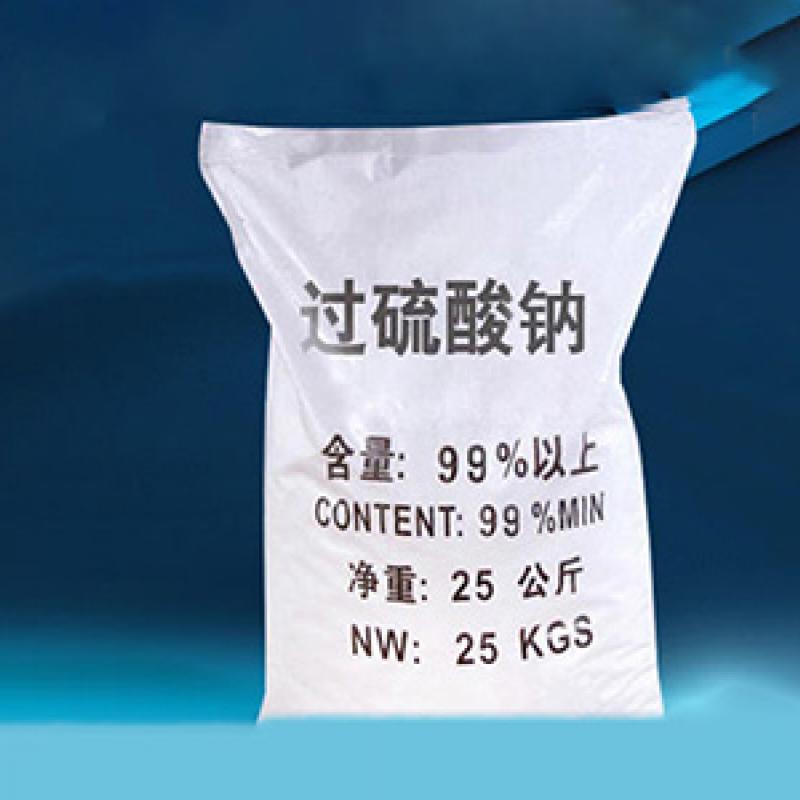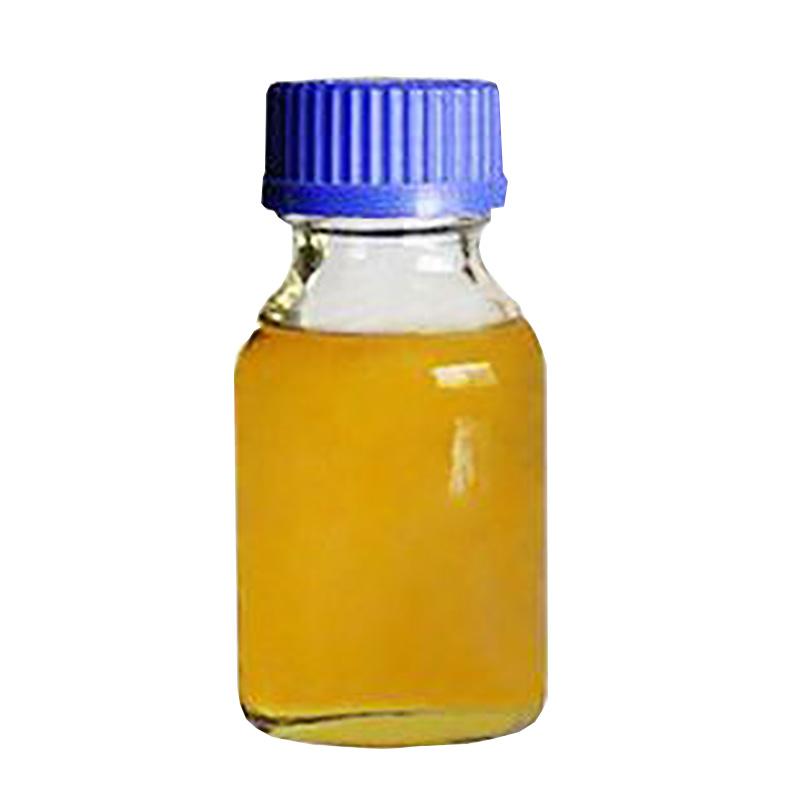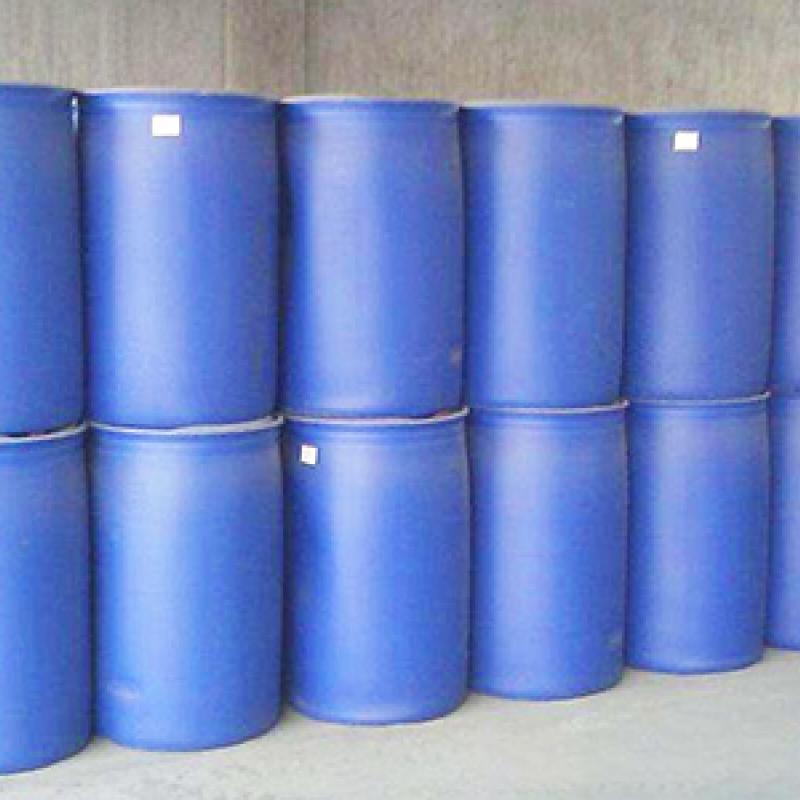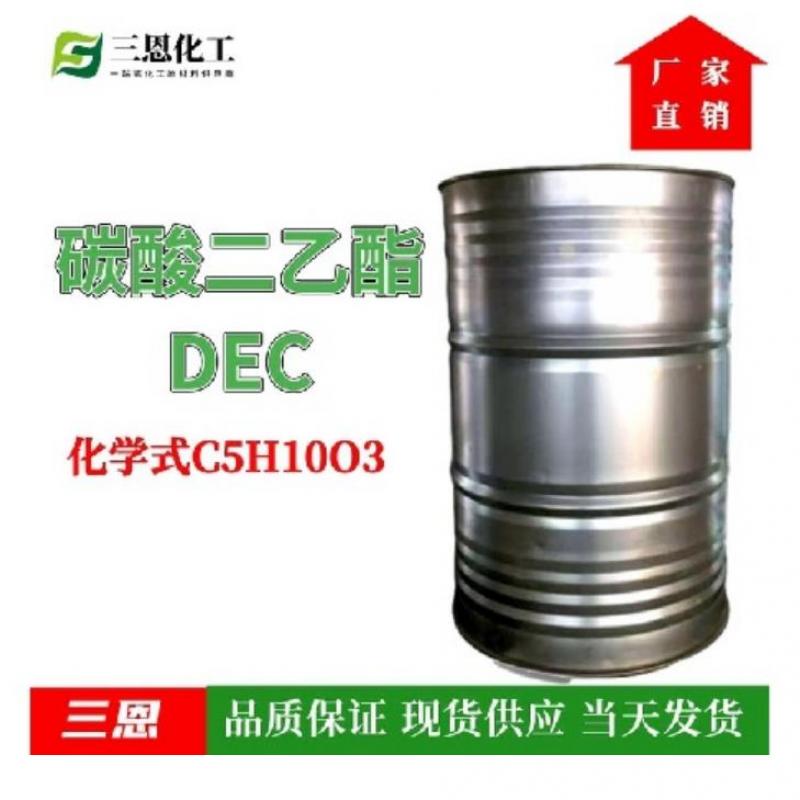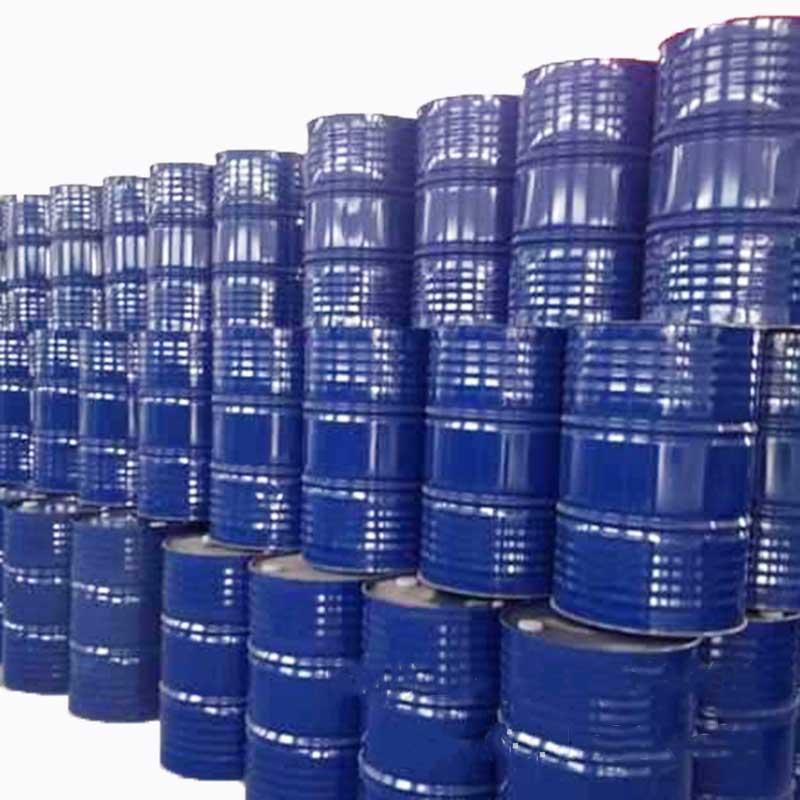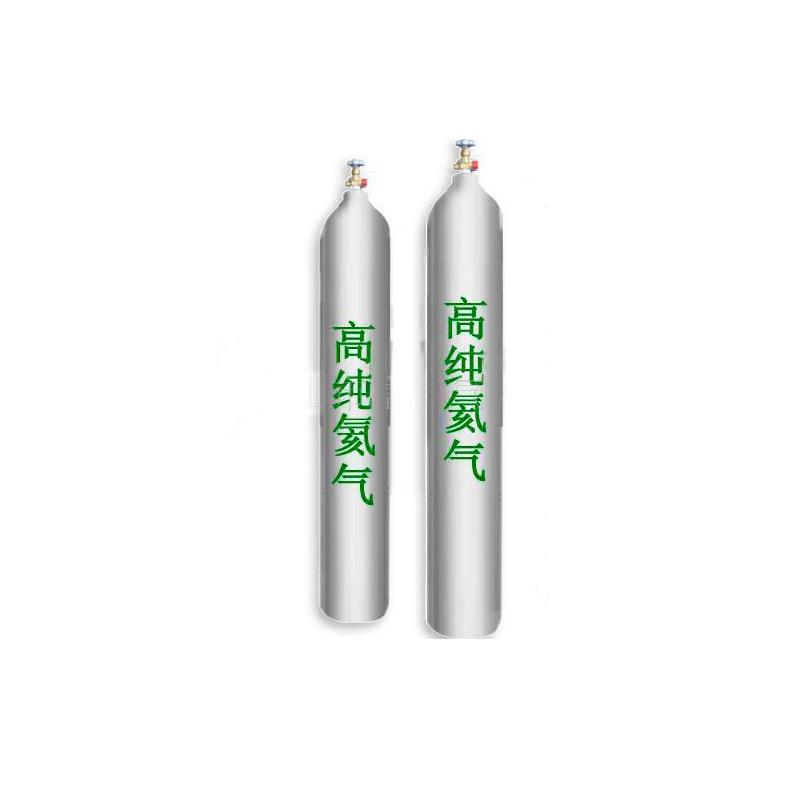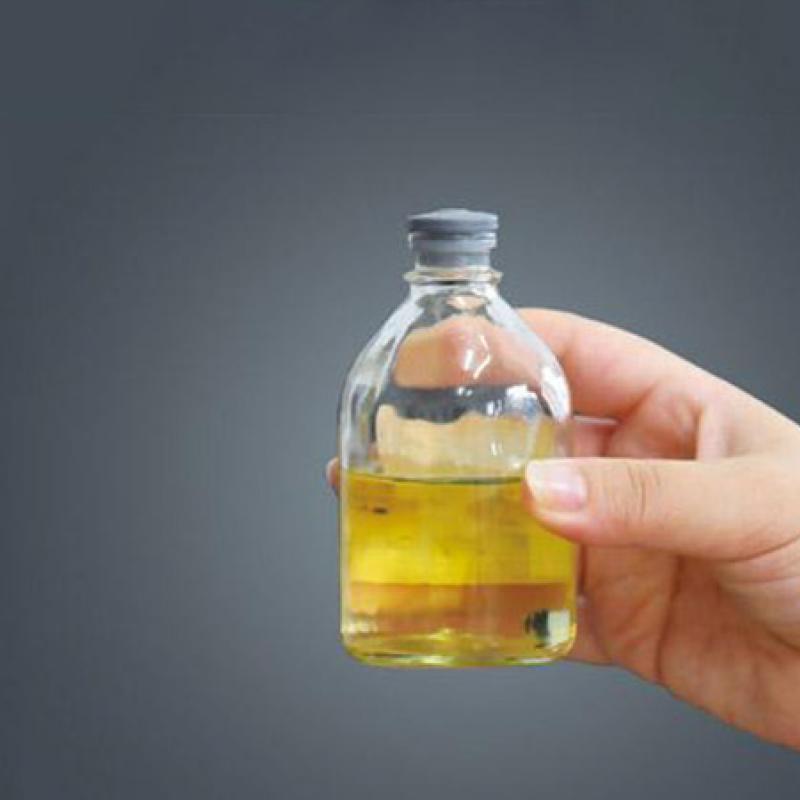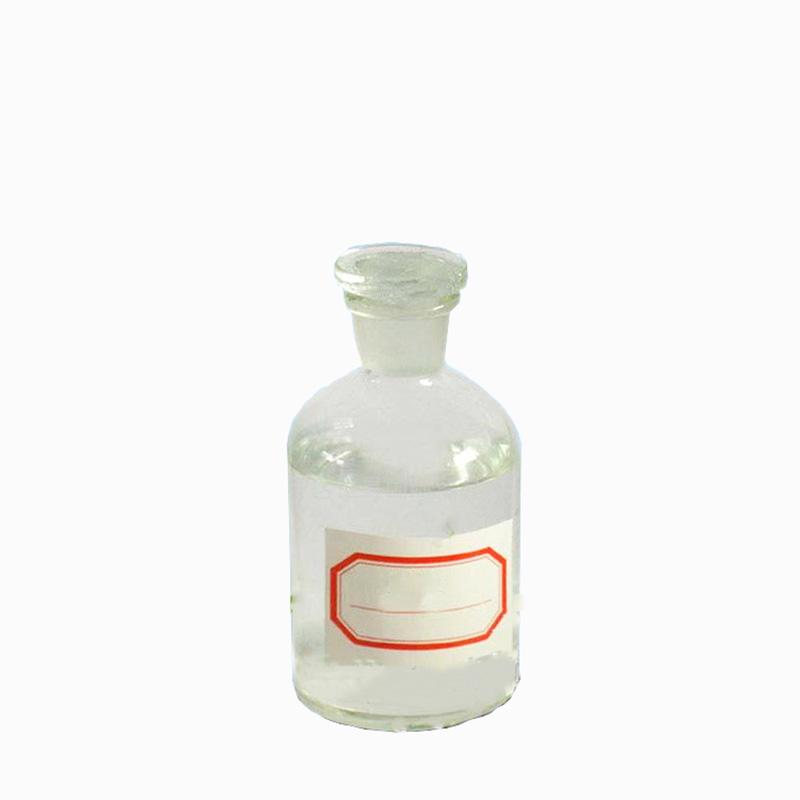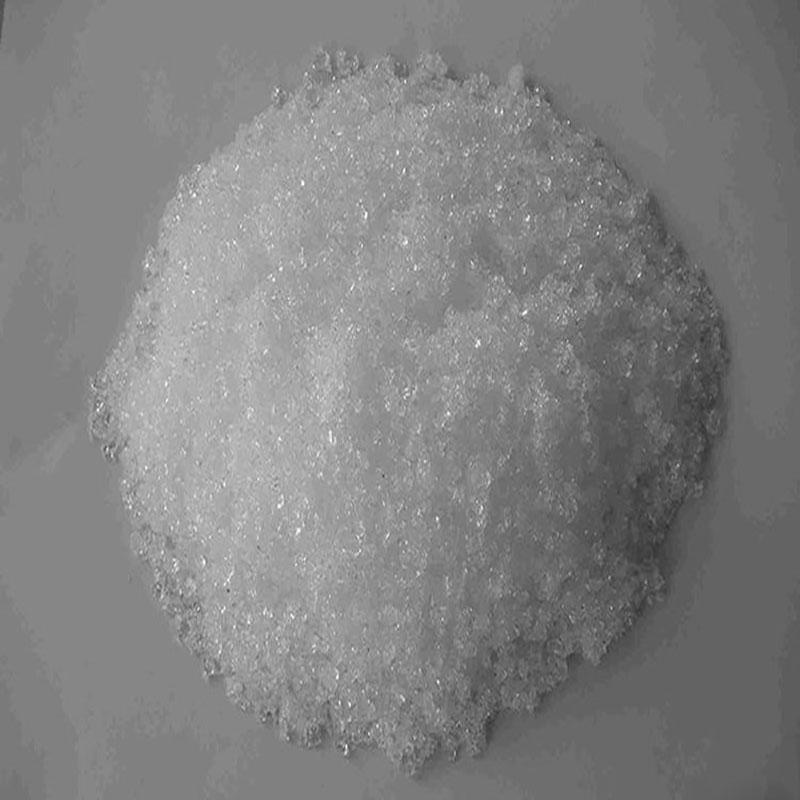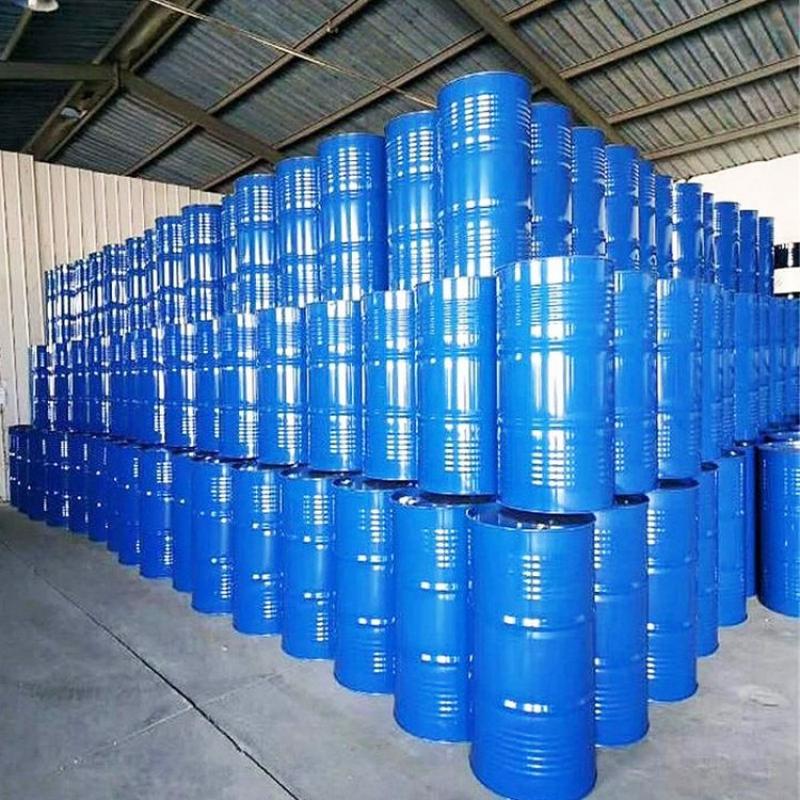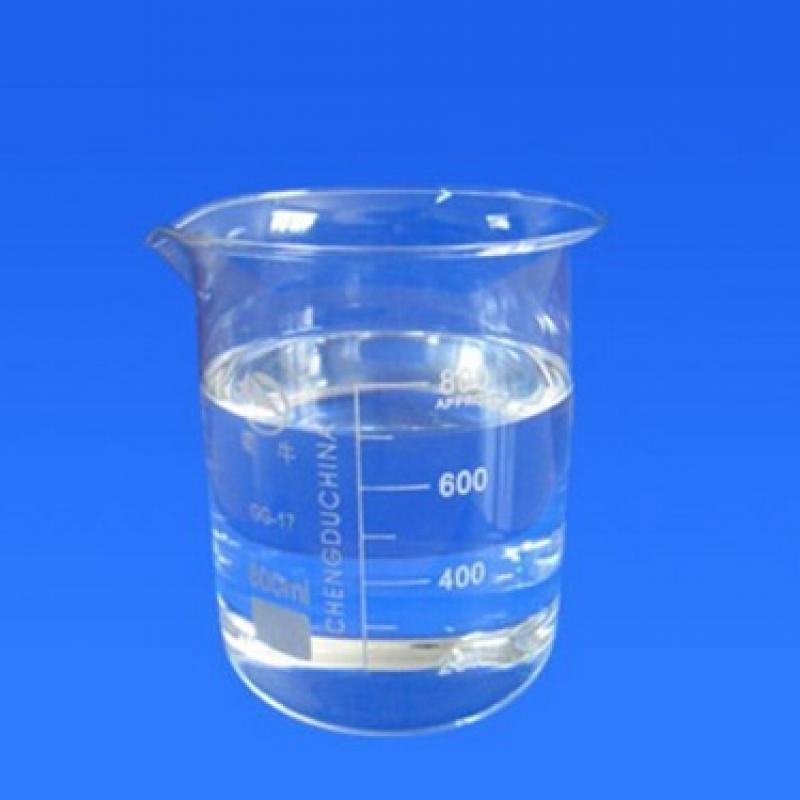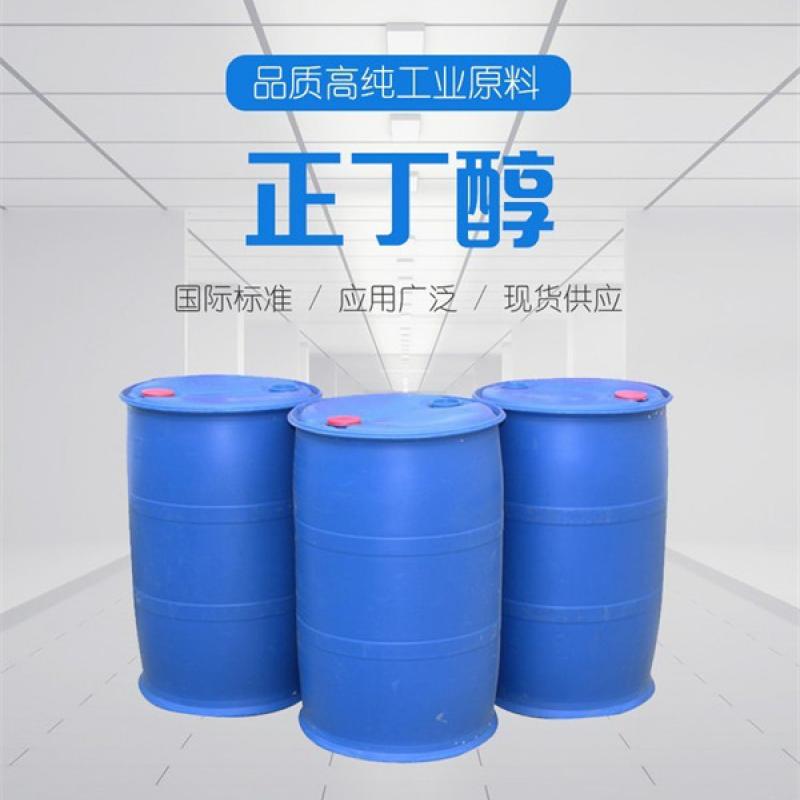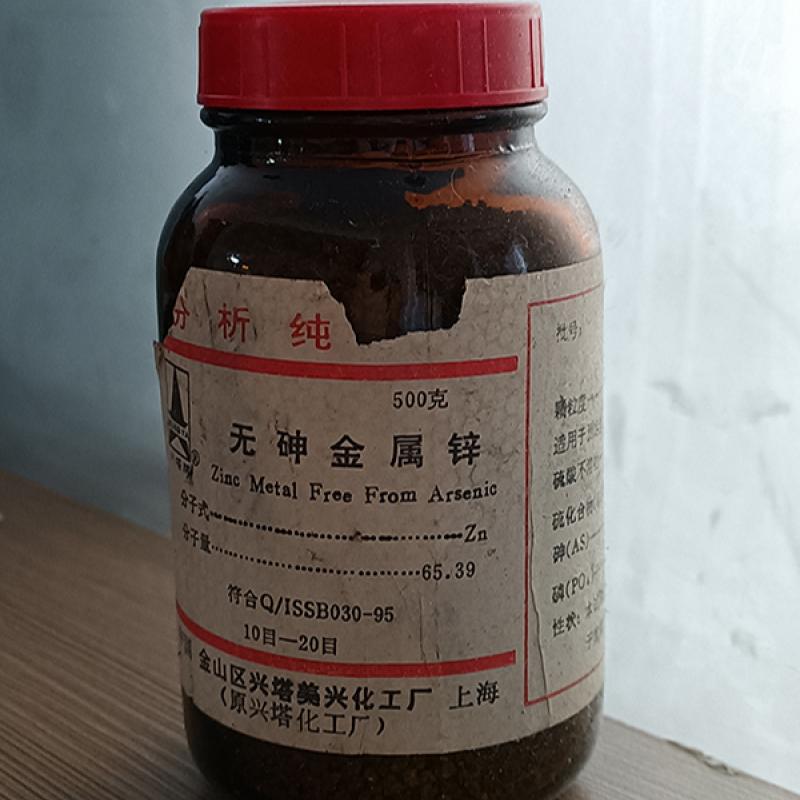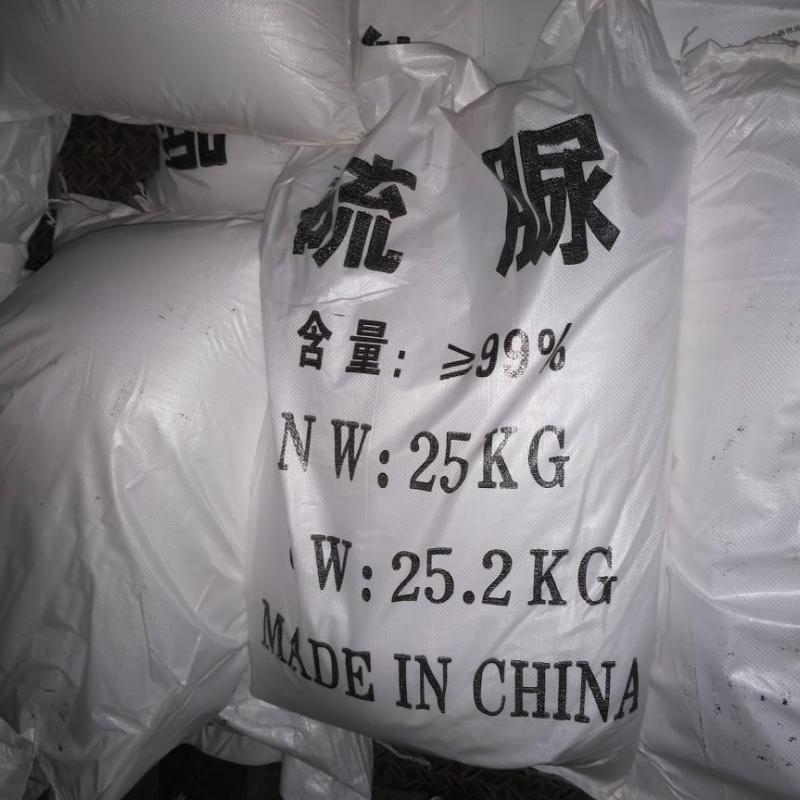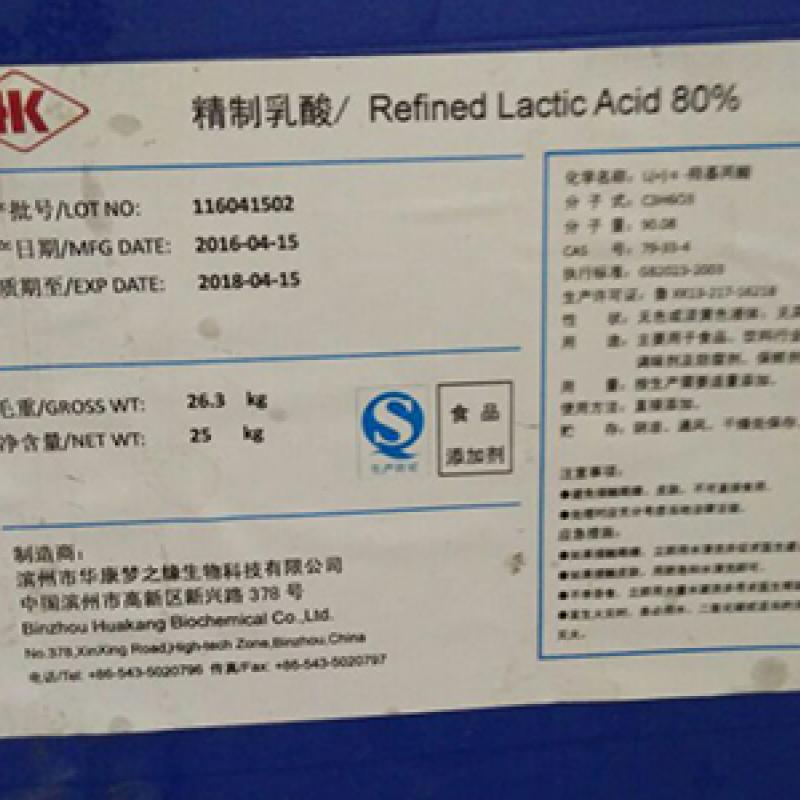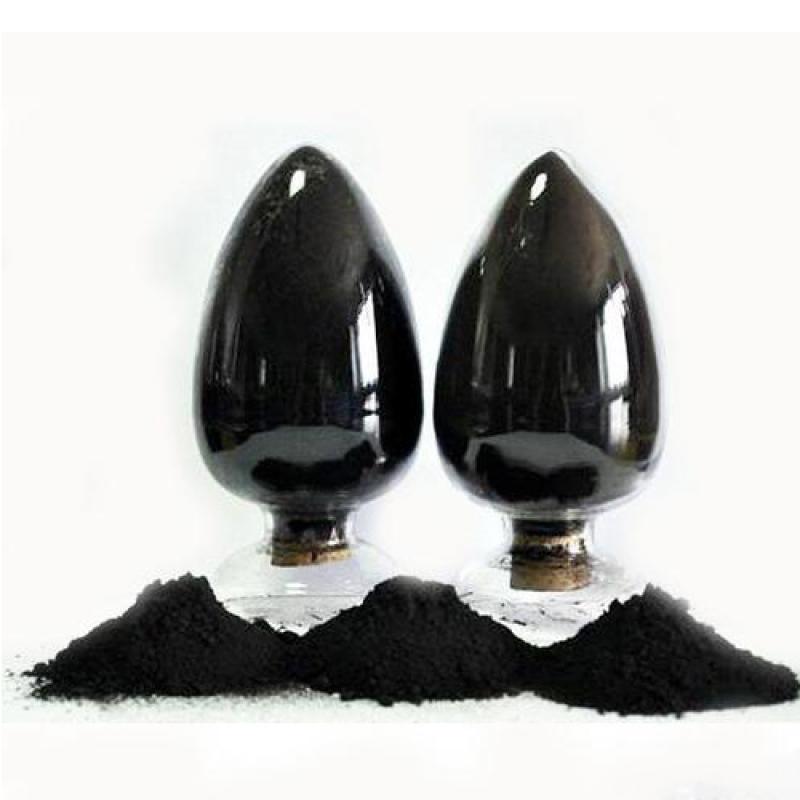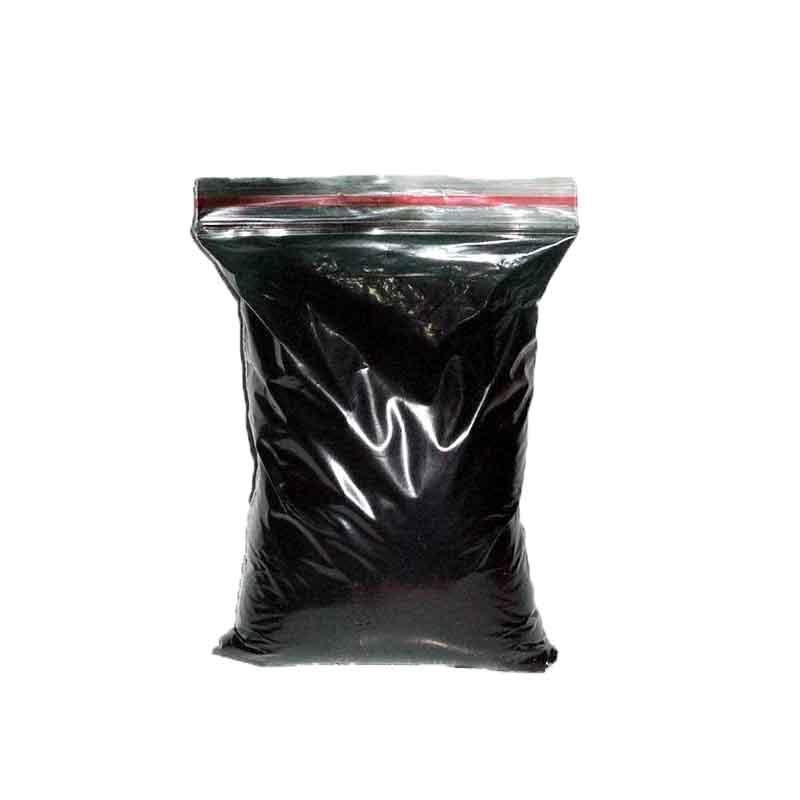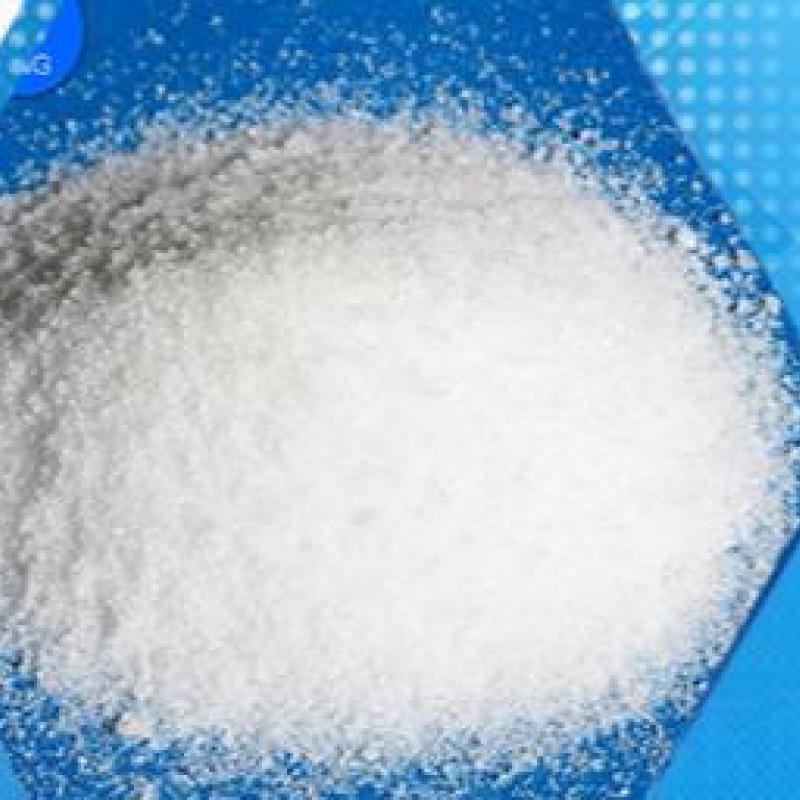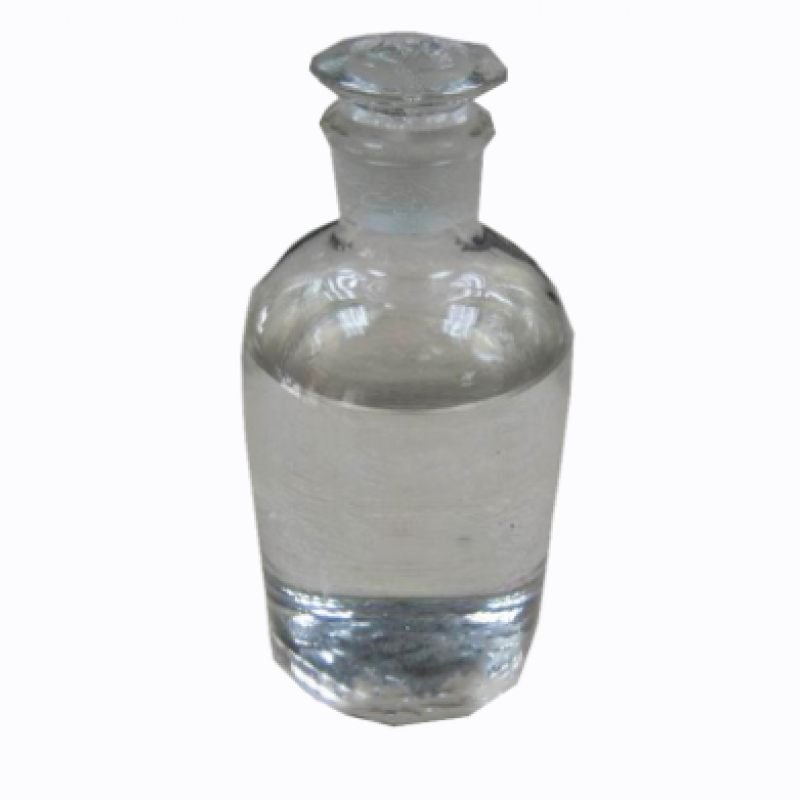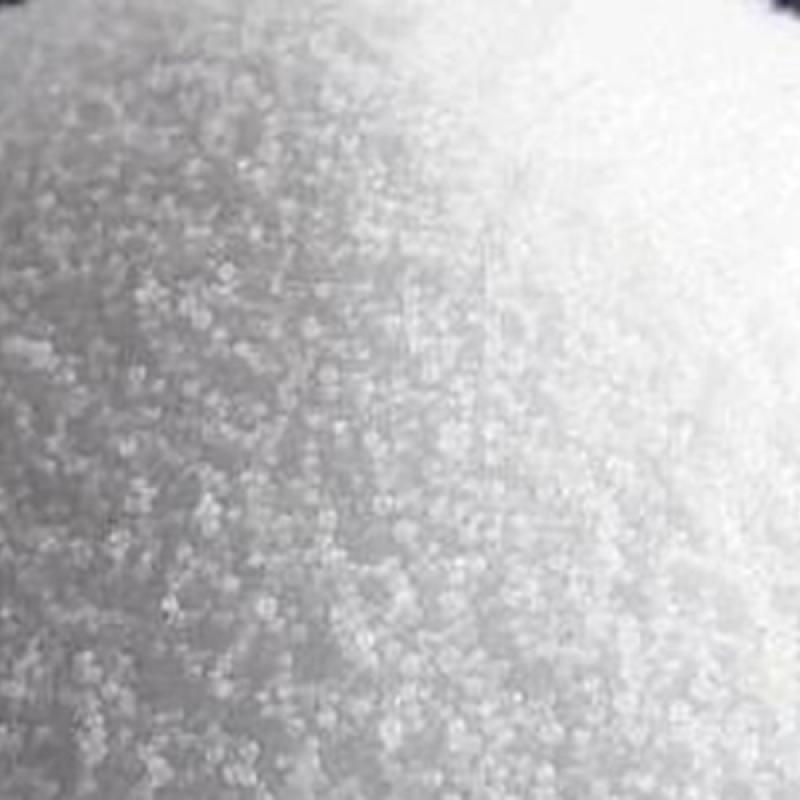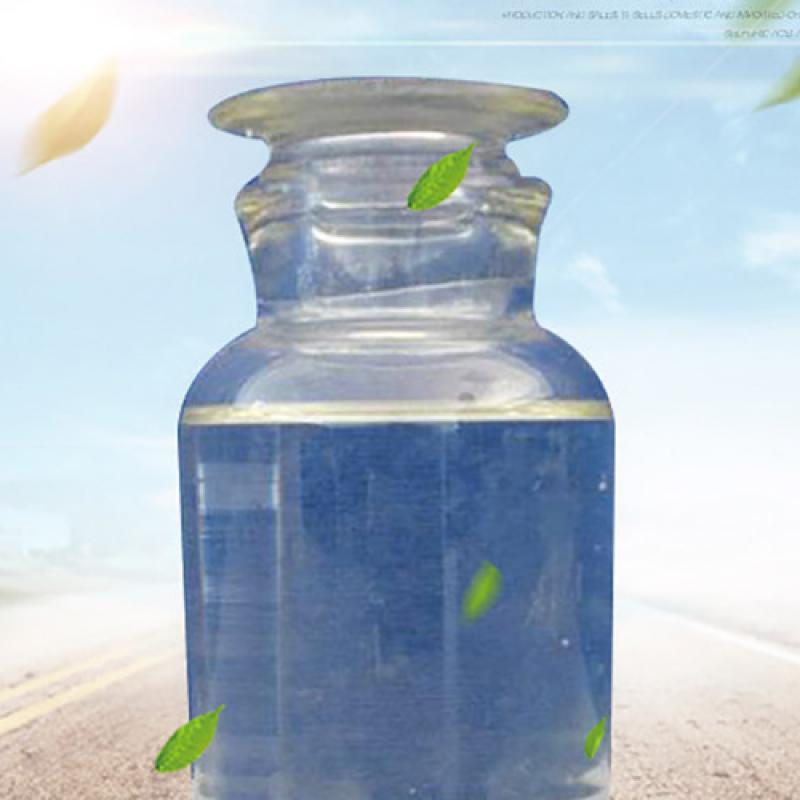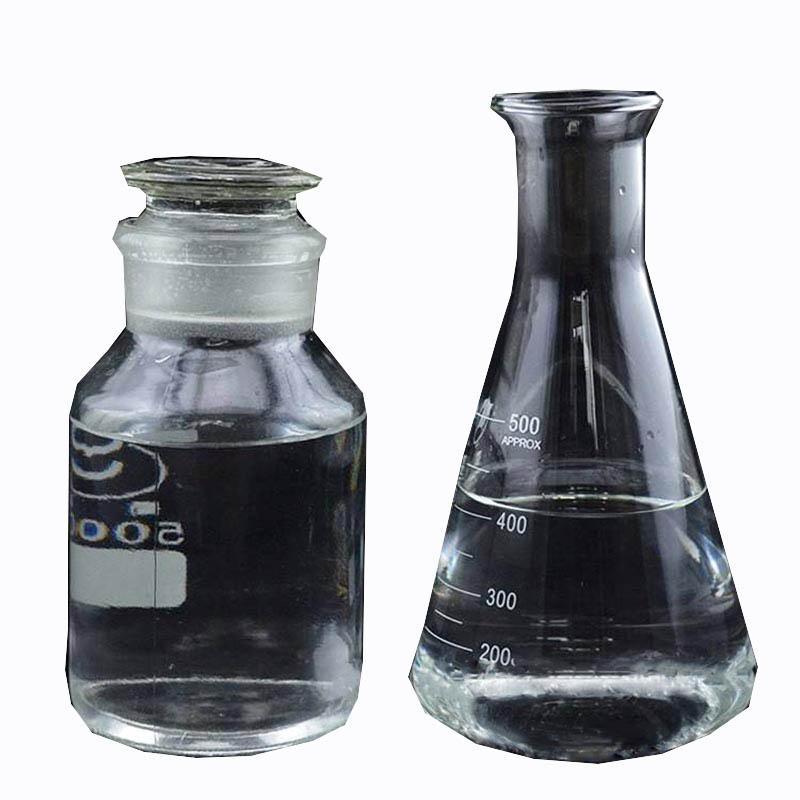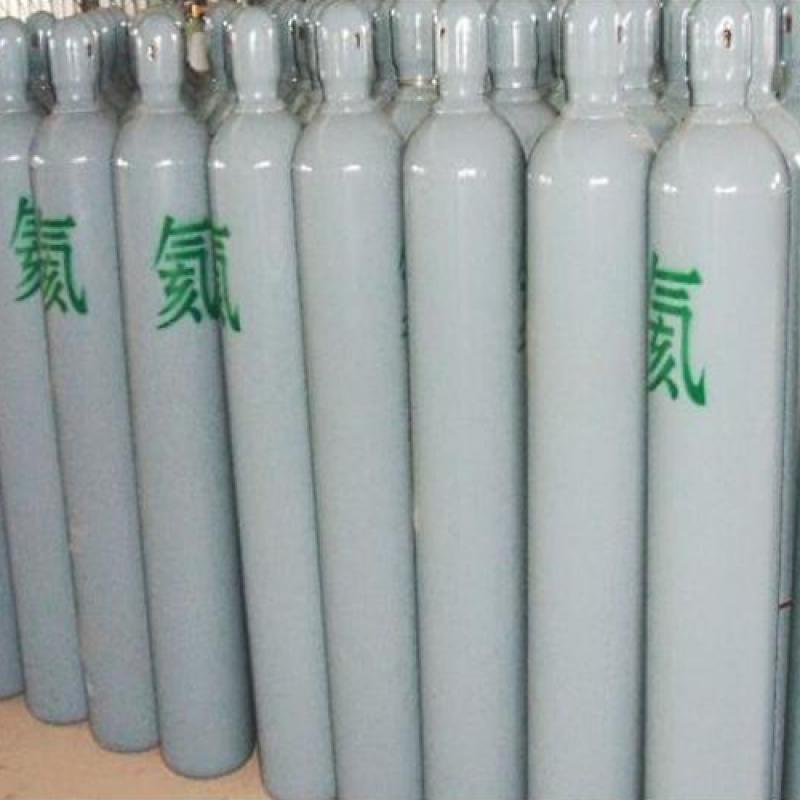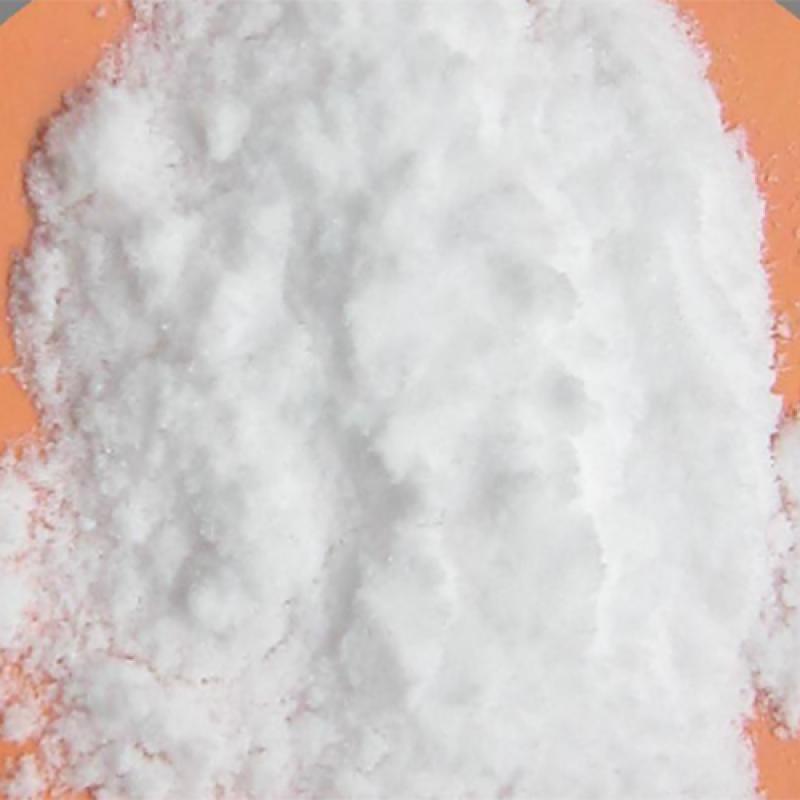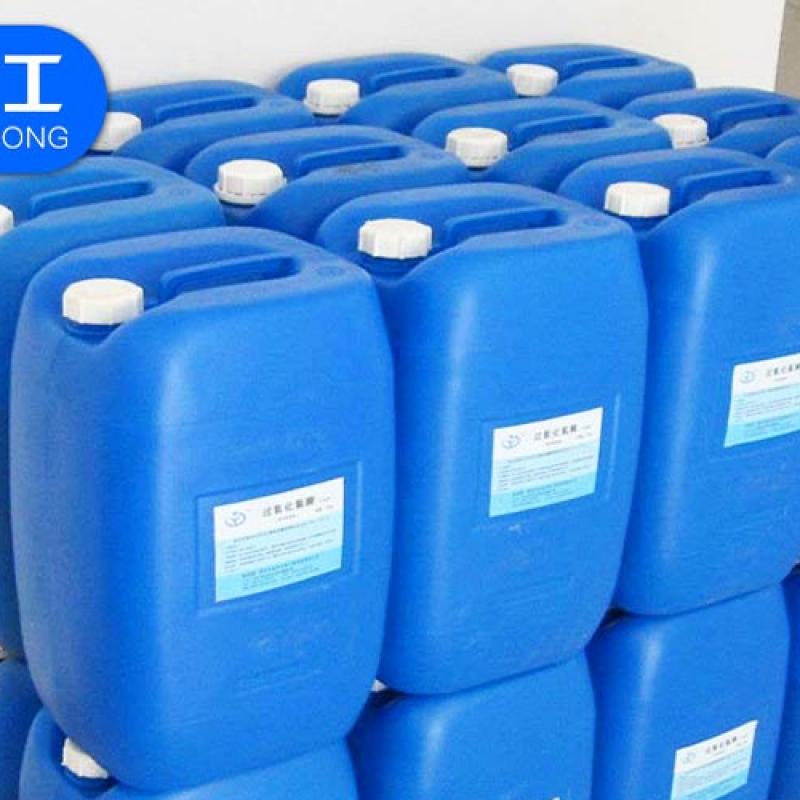Sulfonated Cobalt Phthalocyanine-manufacture,factory,supplier from China
(Total 24 Products for Sulfonated Cobalt Phthalocyanine)
It is an efficient catalyst for removing mercaptan in light oil. Gasoline refined from sour crude oil contains higher mercaptan sulfur content.
Contact Now
mercaptan wrapped in fuel is malodorous and corrosive, which reduces the lead content of gas. except, mercaptan is also an oxidation initiator, which can promote the oxidation and condensation of risky components in fuel to gel, resulting in terrible garage balance of gasoline. cobalt phthalocyanine sulfonate is an powerful catalyst for disposing of mercaptan sulfur from heavy oil, and it has the identical effect. whilst in use, dissolve the catalyst in 10% alkali solution, heat it slightly for a time frame, and stir to dissolve it before use.
Contact Now
The toluene diisocyanate has 2,4-toluene diisocyanates and 2,6-toluene diisocyanate (TDI).
Contact Now
Physical and chemical properties:
(1) Melting point (° C): - 2
(2) Boiling point (° C): 158 (no water)
(3) Relative density (water = 1): 1.46
(4) Relative density (air = 1): no material
(5) Solubility: dissolved in water, alcohol, ether, insoluble in benzene, petroleum ether
(6) Stability: unstable, protected from light
(7) Preventing the conditions of touch (taboo): strong acid, strong alkali, acyl chloride, alcohol, amine, flammable or combustible materials.
Contact Now
1. Used to produce 1,4-butanediol γ- Butyrolactone, tetrahydrofuran, succinic acid, unsaturated polyester resin, alkyd resin and other raw materials are also used in and pesticides.
2. Act as collector in metal beneficiation.
3. It is used in organic synthesis and also as an intermediate of synthetic fiber.
4. Maleic anhydride is an important basic raw material of unsaturated organic anhydride.
Contact Now
Can gradually decompose, moist and high temperatures can accelerate decomposition. Can be decomposed by ethanol and silver ion.White crystalline powder.
Contact Now
N-Methyldiethanolamine is a chemical substance with the molecular formula C5H13NO2. It contains two hydroxyl groups and one amino group.
Contact Now
Chemical nature:
Forbidden qualitative: strong oxidizing agent, strong reducing agent, strong acid, strong base.
Ecological nature:
Ecotoxicity
EC50: 1.2 ~ 1.51mg / L (luminous bacteria, microtox toxicity test)
Biodegradability
Miti-I test, initial concentration of 100 mg / L, sludge concentration 30 mg / L, 2 weeks later degraded 77%.
Non-biodegradability
In the air, when the hydroxyl radical concentration is 5.00 × 105 / cm3, the degradation of the half-life is 7.8d (theory).
Other harmful effects
The material is damaged by the environment and should pay spe
Contact Now
Helium is a rare gas. Its English name is Helium, and its element symbol is He. It is a colorless and odorless inert gas. Its chemical properties are not vivid. Under normal conditions, it is difficult to react with other substances.
Contact Now
Common tetra-group lead, ferrocene, MMT (methylcyclopentadiene trikarbonyl manganese) or CMT is common, because metal deposits can occur in the inside of the launching machine, resulting in a cylinder wear, spark plug ignition Poor problems such as poisoning, oxygen sensors and ternary catalysts, have been prohibited or constrained. The addition of tetra-element and ferrocene added is known as national standards, and the manganese-based anti-explosive agent is strictly constrained (the detection limit is less than 0.018 g / L).
Contact Now
N-butanol is an organic compound of the molecular formula C4H10O, which has a strong flame when the colorless transparent liquid is combined.
Contact Now
Dibenylmethane diisocyanate, referred to as "MDI", is an organic substance, a chemical formula C15H10N2O2.
Contact Now
HCFC-141b (monofluorodichloroethane) is a high-purity liquid widely used in cleaning and solvent fields.
Because its damage to the ozone layer is 1/10 of CFC-113, it is designated as an ideal substitute for fully halogenated chlorofluorocarbons.
HCFC-141b is a widely used non-perhalogenated chlorofluorocarbon. Although its destructive effect on the ozone layer has been greatly reduced compared to fully halogenated chlorofluorocarbons, it can still cause damage to the ozone layer that is difficult to recover. As a result, its use is gradually being reduced around the world.
Contact Now
Appearance and properties: colorless liquid, almost odorless
Molecular weight 90.12 Vapor pressure 0.51 kPa/20℃ Flash point: 43℃
Melting point -70°C boiling point: 135.1°C solubility can be miscible with water and most organic solvents such as ethanol
Density (D4) 0.925-0.935
Contact Now
It is a solvent for a variety of coatings and a raw material for preparing dibutyl phthalate, a plasticizer. It is also used in the manufacture of butyl acrylate, butyl acetate, ethylene glycol butyl ether,
Contact Now
Sulfur, white and shiny crystal compounds. The taste is bitter, density is 1.405, and the melting point is 180 to 182 ° C. Decomposition when it is hotter, soluble in water, can be dissolved in ethanol when heating, and is slightly dissolved in ether. During the melting, heterogeneity is partialized to form ammonium thiocyanomylisocyanomylocyne. The raw materials used to make drugs, dyes, resins, and plastic powder, and are also used as a vulcanized promoter for rubber, flotal agents for metal minerals.
Contact Now
Lactic acid is a carboxylic acid, the molecular formula is C3H6O3, containing a hydroxyl group, belonging to α-hydroxyory (AHA). In an aqueous solution, the carboxyl group releases a proton to generate lactate ion CH3CH (OH) COO-.
Contact Now
Generally speaking, when the energy of the arrangement cannot be satisfied with oxygen breathing, it is arranged that the oxygen that cannot be obtained may not satisfy the quick treatment of oxygen, the concentration of lactic acid will rise. In this case, the acetone dehydrogenase cannot be converted to acetyl coenzyme a, pyruvate start-up. In this case, if the lactate dehydrogenase does not reduce the reduction of pyruvic acid as lactic acid, the composition of triphosphate is inhibited.
Contact Now
Relate News
Sulfonated cobalt phthalocyanine is an effective catalyst for removing mercaptan in light oil. Gasoline containing sour crude oil has a relatively high sulfur content.
TDI (toluene diisocyanate) is one of the commonly used polyisocyanate, and polyisocyanate is an important base material of polyurethane (PU). The TDI commonly used in the polyurethane industry is a mixture of 2,4-TDI and 2,6-TDI isomers, including three commonly used grades.
Water retaining agent (for bread, cake); Carrier solvent (for spices, pigments, water-insoluble preservatives, etc.); Thickener (used for beverages, liquor preparation, etc.) Plasticizer (candy, dessert Chemicalbook, meat products); Sweeteners. EEC regulations can be used for alcoholic beverages, candies, cakes, coating glazing, meat and cheese coating, non-alcoholic beverages, baked products, gum, gelatin sweets, etc.
The element in helium gas, the English name is Helium, the element symbol is He, and the atomic number is 2. Colorless and odorless inert gas, chemically inactive, usually difficult to react with other substances.
Sodium persulfate is a white odorless crystal or powder, additionally referred to as sodium persulfate. sodium persulfate has precise stability at room temperature and can gradually decompose.
Hydrogen peroxide is a good oxidizing bleaching agent. It is used for bleaching yarns with hydrogen peroxide. It has good whiteness, pure color and no impurities in the equipment.

